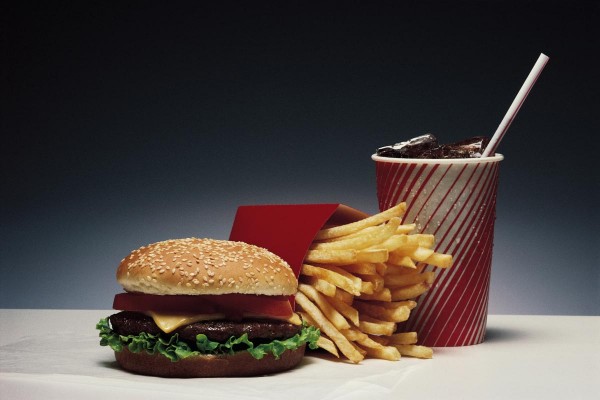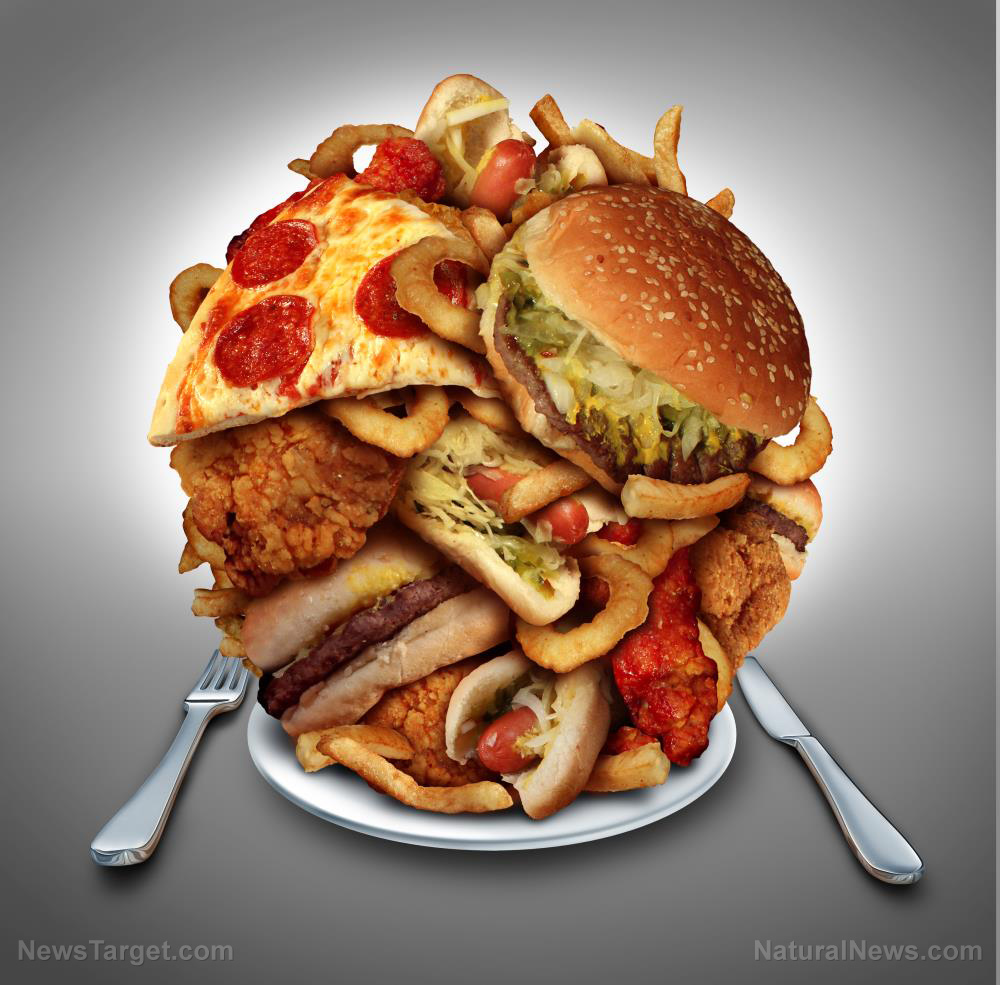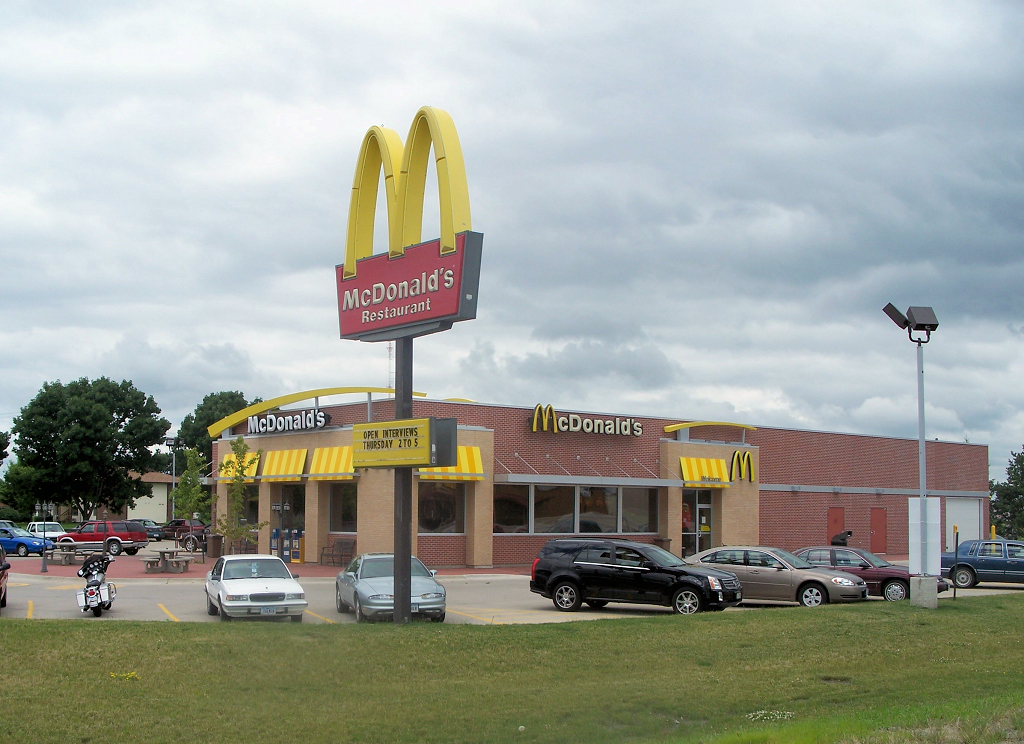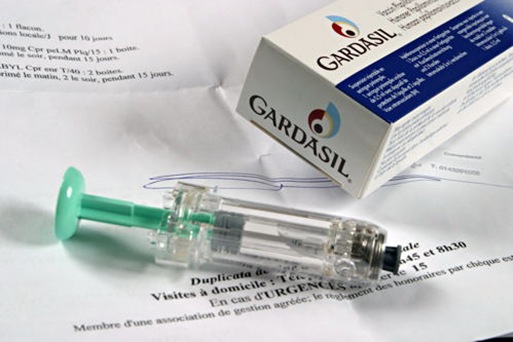
A substance called per- and polyfluoroalkyl substances (PFASs or PFCs), is lurking in most commercial packaging. PFASs are a family of chemicals that contain fluorine, and which have unique properties that make materials stick- and stain-resistant. They repel liquids from many different materials, including clothing, carpeting, non-stick cookware (think Teflon™ here), and food packaging. They are pervasive in our society, and can be found in everything from microwave popcorn bags to cosmetics and cleaning products. (RELATED: Read Ingredients.news to learn more about food ingredients.)
So, what’s the big deal about PFASs being in our food packaging?
Well, the problem is that PFASs have been established to be likely human carcinogens, and once they are released into the environment, they are extremely persistent. They are known to contaminate both food and water, and since they can penetrate ground water, can affect our drinking water.
"All PFASs, including the newer replacements, are highly resistant to degradation and will remain in the environment for a long time," says Graham Peaslee, a physicist at the University of Notre Dame. "Because of this, these highly fluorinated chemicals are not sustainable and should not be used in compostable products or any product that might end up in a landfill."
As reported by the Safer Chemicals Organization, exposure to PFASs has been linked to many illnesses, including cancer, kidney disease, thyroid disease, heart attack and stroke, and liver disease. It can also lead to fertility issues and cause babies to be born with a low birth weight.
"These chemicals have been linked with numerous health problems, so it's concerning that people are potentially exposed to them in food," says Laurel Schaider, an environmental chemist at Silent Spring Institute, and the lead author of the most comprehensive analysis ever conducted into the prevalence of PFASs in fast food packaging in the U.S.
For the study, which was published in the February 1 edition of the journal, Environmental Science & Technology Letters, researchers examined 400 food packaging samples from 27 different fast food chains, in particular paper wrappers, paperboard, and drinks containers. Particle-induced gamma-ray emission (PIGE) spectroscopy was used to analyze the samples for fluorine, which is a marker that would indicate the presence of PFASs. Their findings were astounding.

Over half (56 percent) of dessert and bread wrappers, more than a third (38 percent) of sandwich and burger wrappers, and a fifth (20 percent) of paperboard containers – like those little boxes you get your fries in at McDonald’s – were found to contain fluorine.
When the researchers took it a step further and did further analysis of a subset of 20 samples, they found that six of them contained a type of PFAS called perfluorooctanoic acid (PFOA or C8). C8 is so harmful that since 2011 many manufacturers have voluntarily stopped using this compound in their food packaging.
These statistics are truly alarming, especially if one considers the fact that one-in-three children eats fast food every day.
"Children are especially at risk for health effects because their developing bodies are more vulnerable to toxic chemicals," says Schaider. (RELATED: See Medicine.news for more coverage of the health effects of toxic chemicals.)
This study really emphasizes the need for parents to teach their children to eat properly right from the beginning. Foods that have been processed, deep fried in oil, and neatly wrapped in cancer-causing packaging should never be an option for any of our families.
Sources for this article include:
Please contact us for more information.























